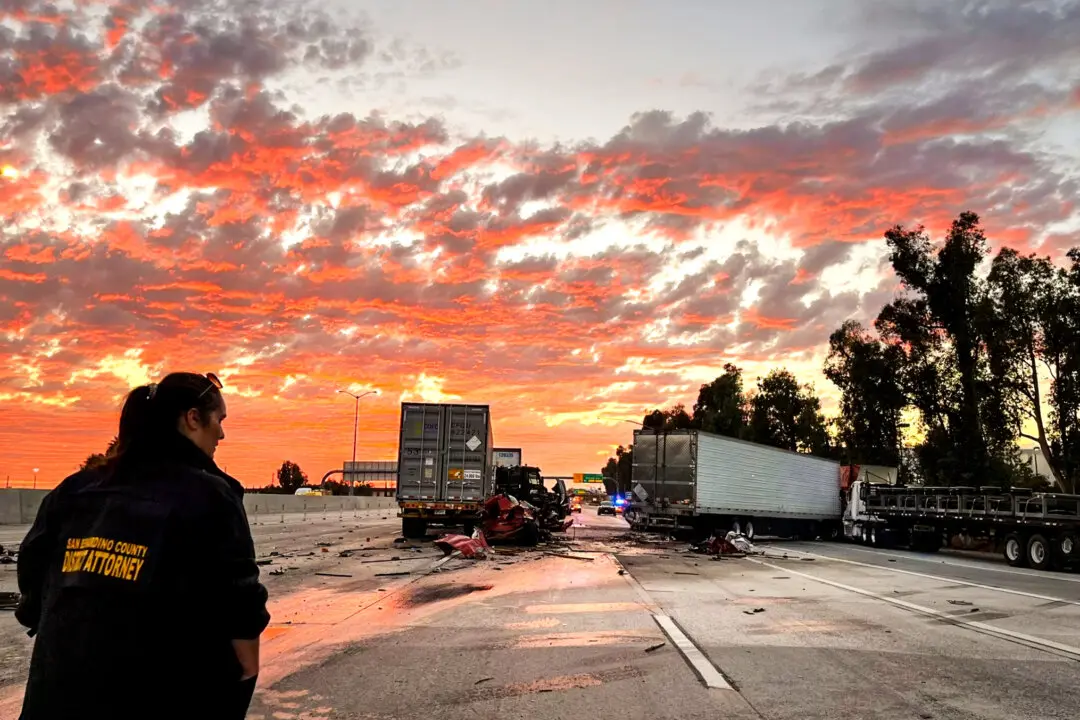U.S. road deaths increased sharply during the COVID-19 pandemic, though fewer drivers were on the nation’s highways, because of “riskier than average” behavior, according to new research by the AAA Foundation for Traffic Safety.
“As the COVID-19 pandemic swept across the country, it led to fewer drivers on the roads and a significant reduction in the number of miles driven.





